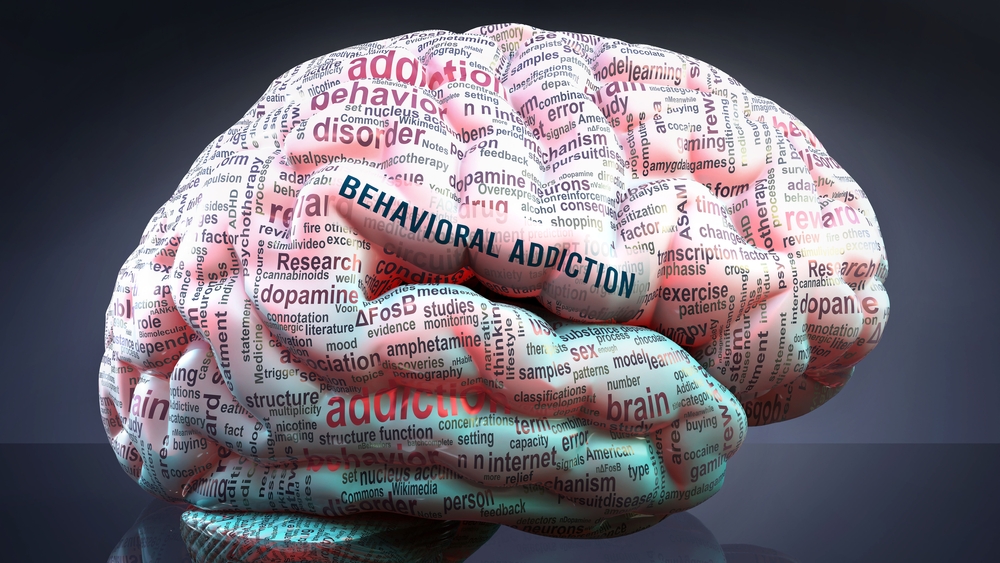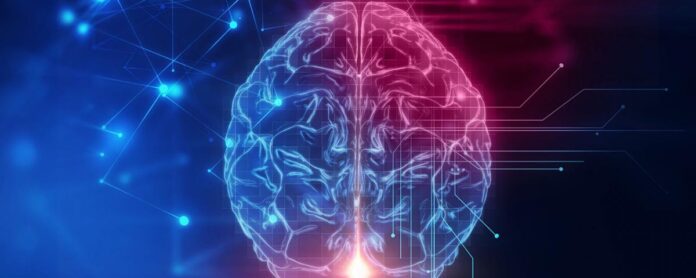Addiction is a complex and pervasive issue that affects millions of people worldwide. Whether it’s substance abuse, gambling, or even excessive gaming, addiction can have devastating consequences on individuals and society as a whole. But what exactly drives this compulsive behavior? The answer lies within the intricate workings of the brain’s reward system, which is governed by the field of neuroscience.
The brain’s reward system is a network of interconnected regions responsible for processing and regulating pleasure, motivation, and reinforcement. At the core of this system is a group of structures known as the mesolimbic dopamine pathway. This pathway consists of the ventral tegmental area (VTA), which produces dopamine, and the nucleus accumbens (NAcc), which receives and processes dopamine signals.
Dopamine, often referred to as the “feel-good” neurotransmitter, plays a crucial role in the brain’s reward system. When we engage in activities that are pleasurable or rewarding, such as eating delicious food or receiving praise, dopamine is released in the NAcc, creating a sense of pleasure and reinforcing the behavior. This process is essential for our survival and ensures that we repeat behaviors that are beneficial to our well-being.
In the context of addiction, substances or activities that trigger a surge of dopamine in the reward system can hijack the brain’s natural reward mechanisms. The repeated exposure to these highly rewarding stimuli can lead to neuroadaptations in the reward circuitry, resulting in changes in the brain’s structure and function. Over time, the brain becomes increasingly dependent on the addictive substance or behavior to experience pleasure, leading to the development of addiction.
One key aspect of addiction is the concept of tolerance. Tolerance occurs when the brain becomes less responsive to the effects of a substance or activity, requiring larger doses or more frequent engagement to achieve the same level of reward. This tolerance is thought to arise from the brain’s attempt to counteract the overwhelming dopamine signals by reducing the number of dopamine receptors or dampening the release of dopamine.
Another important factor in addiction is the role of conditioning and associative learning. Our brains are wired to make connections between environmental cues and rewards. For example, a person who regularly smokes cigarettes may start to associate certain places or activities with smoking, leading to cravings when exposed to those cues. These conditioned responses can trigger intense cravings and make it challenging to break the addiction cycle.

Furthermore, the prefrontal cortex (PFC), the brain region responsible for decision-making and impulse control, plays a critical role in addiction. Chronic drug use or addictive behaviors can impair the functioning of the PFC, leading to a loss of control over one’s actions and an inability to resist cravings. This compromised executive function contributes to the cycle of addiction, as individuals find it increasingly difficult to make rational choices and prioritize long-term goals over immediate rewards.
Understanding the neuroscience behind addiction has far-reaching implications for treatment and prevention strategies. By unraveling the mechanisms underlying addiction, researchers can develop targeted interventions that address the specific brain changes associated with addictive behaviors.
One promising approach is cognitive-behavioral therapy (CBT), which aims to modify maladaptive thought patterns and behaviors. CBT can help individuals identify triggers, develop coping strategies, and reframe their thinking around addictive substances or activities. By rewiring neural pathways and strengthening the PFC’s control over the reward system, CBT offers a powerful tool for combating addiction.
Pharmacological interventions also play a crucial role in addiction treatment. Medications that target the brain’s reward system, such as naltrexone for opioid addiction or bupropion for nicotine addiction, can help reduce cravings and withdrawal symptoms, giving individuals a better chance at recovery. Additionally, ongoing research into the development of new medications that specifically target the neurobiological mechanisms of addiction holds promise for more effective treatment options in the future.
In conclusion, addiction is a complex phenomenon rooted in the brain’s reward system. The interplay between dopamine, conditioning, and executive function contributes to the development and maintenance of addictive behaviors. By understanding the neuroscience behind addiction, researchers and healthcare professionals can develop targeted interventions that address the underlying neurobiological changes, offering hope to those struggling with addiction. With continued advancements in neuroscience and a multidisciplinary approach to treatment, we can make significant strides in combatting addiction and improving the lives of affected individuals.

